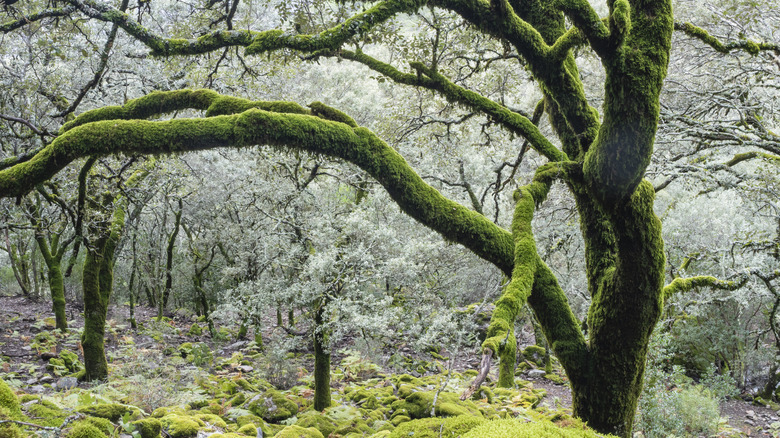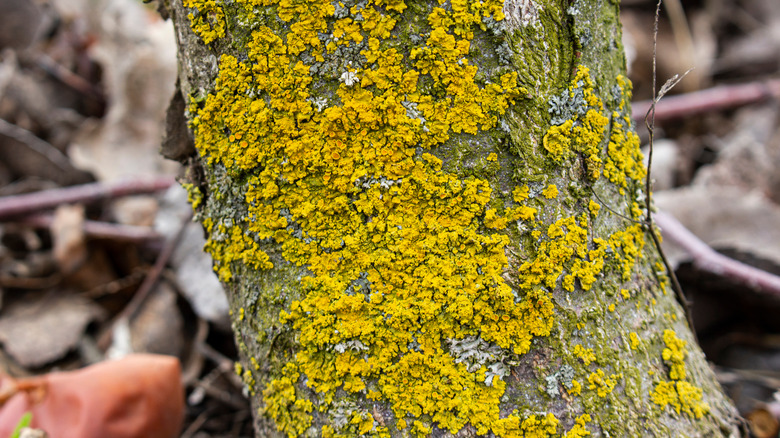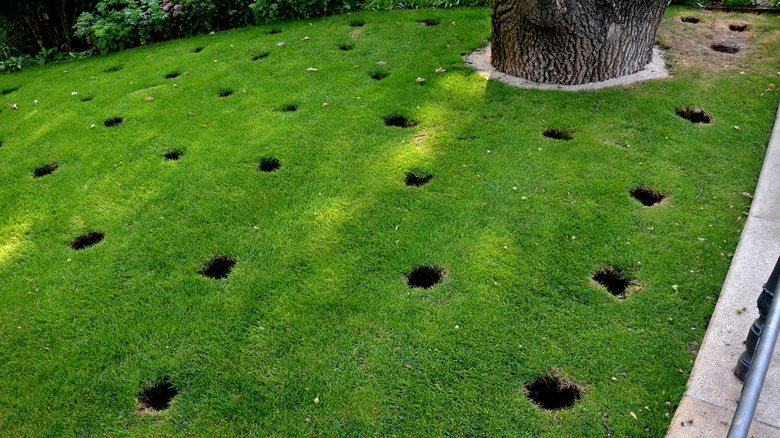Should You Worry About Moss Growth On Your Trees?
Mossy trees are found in abundance in regions such as the Pacific Northwest and can make one feel captivated by their fairytale feel. The green fuzzy mats with a soft texture are considered non-vascular plants (not fungi) and will sprawl on pretty much anything if the conditions are right. It thrives in damp, dark areas and places with consistent cloud coverage and rain. As far as trees go, moss typically grows on mature trees with less vitality because the bark tends to be moist, and the larger canopy provides an area that's shaded and cool. Although the moss looks beautiful and unique, many question if it is bad for trees, and if so, how one should remove it.
A good rule of thumb is if you identify moss, check out the overall health of your tree and determine if it needs to be removed. In most cases, the growth is harmless and has some benefits, like providing habitat for small creatures. However, if moss growth becomes too thick and spreads excessively, it can create unwanted problems. The extra weight can be tough on branches, and the growth can hide potential diseases your beloved tree may be suffering from.
Excessive moss growth can weigh down trees and cover potential problems
There are several types of moss, from Hylocomium splendens, which has a feathered fern-like appearance, or Isothecium stoloniferum, which grows thickly on rocks and trees. The natural beauty of moss can certainly add appeal to a landscape, but it has some drawbacks too. Moss can absorb a lot of water and acts like a sponge, taking in up to 20 times its own weight in water. The waterlogged tree limbs can become strained. This issue can be especially problematic during weather events like a strong windstorm when branches are more vulnerable to damage and can snap off a tree entirely. Further, because moss covers the tree's bark, it can make it difficult to identify potential tree health problems such as fungal diseases and decay, or even signs that your tree is dying.
There are ways to easily identify a diseased tree in your yard. For fungal disease, you may notice abnormal growth or discoloration and wilting of the leaves, while a decaying tree will have holes and cracks in the bark. A dying or dead tree will stop producing leaves or foliage. A good takeaway of moss growing on trees is that there's a lot of moisture and low light levels, conditions in which trees are more susceptible to rot and disease — so, it's best to be mindful of your tree's overall condition if you identify moss.
Work with nature to get rid of moss
There are a number of ways to help keep moss growth under control. First and foremost, you want to make the conditions in your yard less than ideal for it to grow. You can start by pruning your trees, which will allow more direct sunlight to reach the trunk. In this case, focus on cutting the branches that cast shadows and shade the base of the tree. Another measure you can take is to remove any standing water around the base of your tree, which will reduce the moisture levels around it. Aerating your lawn will also help, which involves piercing the soil with small holes to allow air, water, and nutrients to reach the grass roots more easily. Just be sure to follow best practices on how to aerate your lawn for healthy grass.
And if moss on your tree is still excessive and heavily waterlogged, it might be best to remove it yourself. Some methods include taking it off with your hands or using a power washer. Spring or fall is the best time to power wash, because you want to avoid spraying your tree when it's too hot or cold outside.


